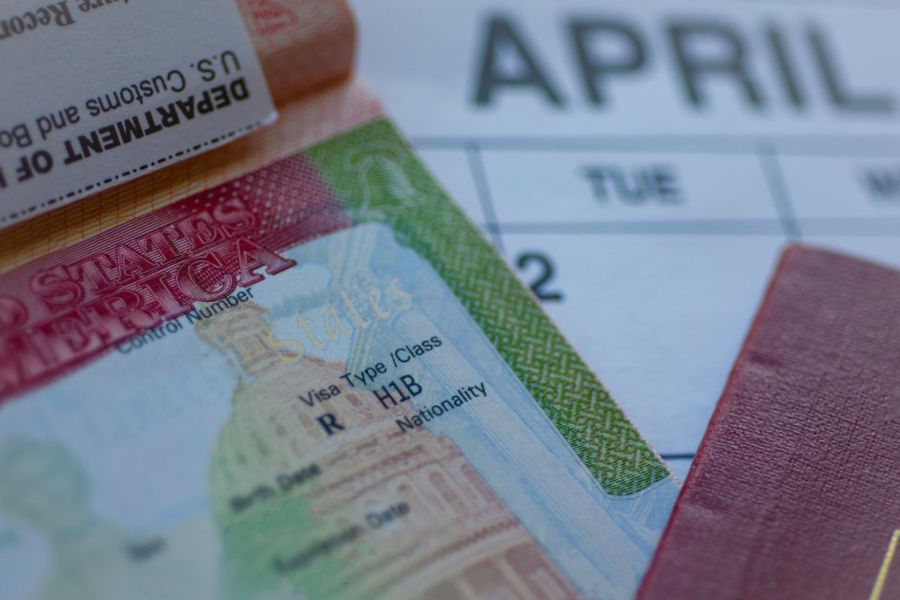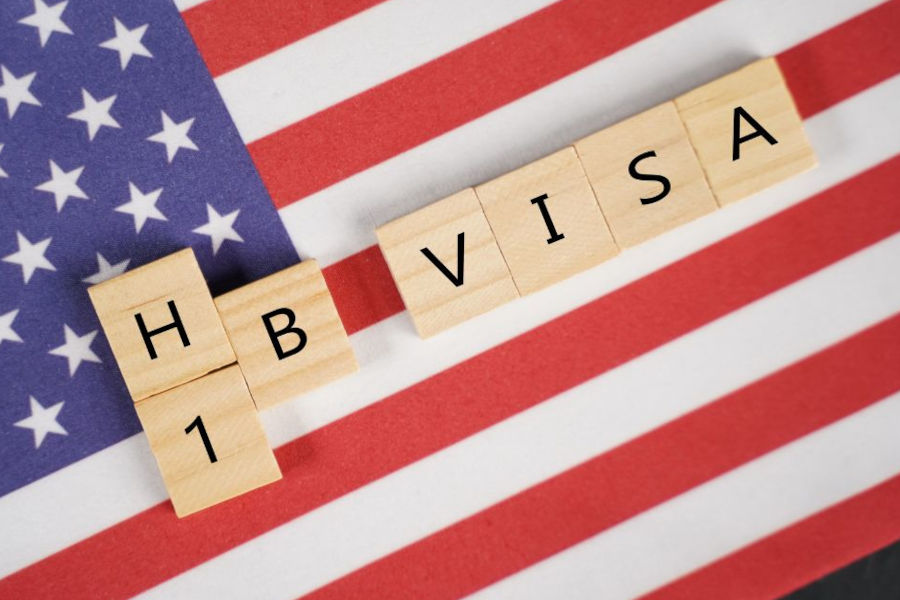The H-1B visa program is an employment-based visa inherently tied to the visa holder’s specific job. Therefore, loss of this specific position can be detrimental to a visa-holders’ ability to stay in the United States and continue working. In order to address this concern, beginning on January 17, 2017, the United States Citizenship and Immigration Services (USCIS) issued a new federal rule, granting H-1B holders a 60-day grace period in the circumstance of job loss or termination. This rule was not originally intended to cover resignation of a position.
In the case of job loss or termination, the visa holder will not be considered “out-of-status” until either the 60-day grace period is over or the end date of their valid I-94 is reached. “Out-of-status” occurs when whichever option comes first. For example, if the visa holder only has 40 days remaining on their I-94 when they are terminated, they will only be considered “in status” for 40 days. It is also important to note that the grace period time can only be used once during the H-1B visa term. It cannot be split up, even if the full 60-days is not used.
Perhaps the greatest benefit of the 60-day extension period is it allows the visa holder flexibility and portability. If laid off or terminated, a visa holder can search for a new position, including a position at a different company, and may transfer their H-1B visa status to this position. The visa holder may begin work as soon as the visa holder receives an USCIS receipt number for the transfer. They do not have to wait for the completion of the 60-day grace period. Additionally, dependent H-4 status holders are in status during this position and may continue to work with a valid EAD. Another option is to adjust status to permanent residency during the 60-day grace period if you are eligible.
While the new H-1B grace period provides visa holders with more flexibility, visa holders should still be cautious. First, the 60-day period starts on the day of termination or layoff. It does not begin at the point of first missed paycheck. Additionally, DHS may eliminate or shorten this 60-day period as a matter of discretion. When submitting either an adjustment of status application or H-1B transfer petition, it is recommended that documentation of either layoff or termination is submitted with the application or petition. Furthermore, this grace period does not allow the visa holders to participate in unauthorized work or authorize return to the United States after travel abroad. To discuss your specific case and options, please contact us at Francis Law Center.
Written by Francis Law Center Staff Allison Gilley










